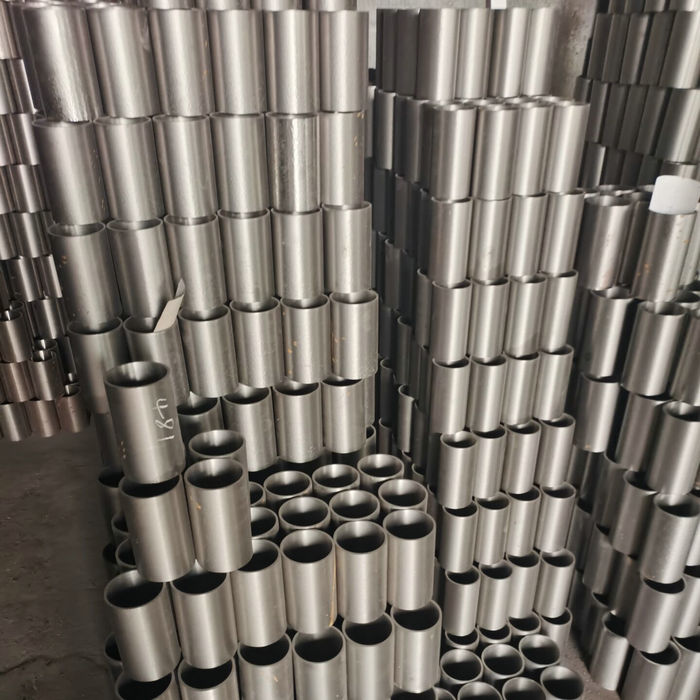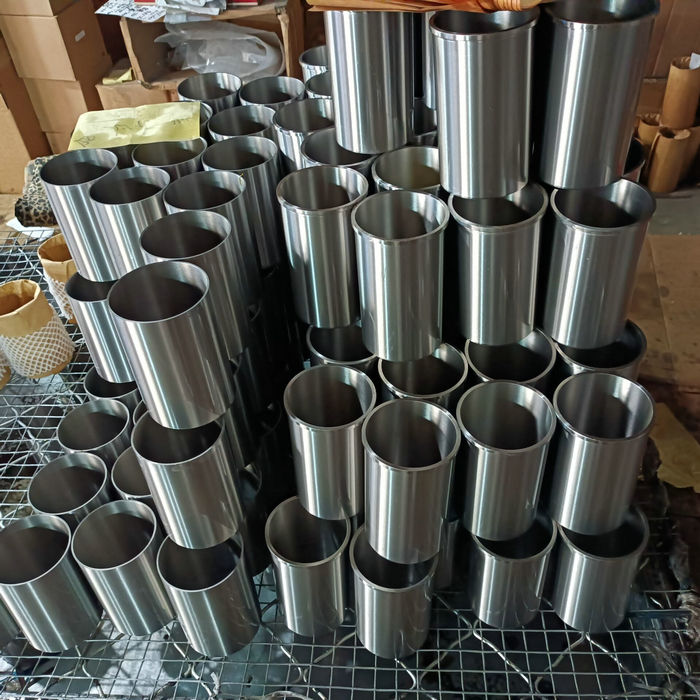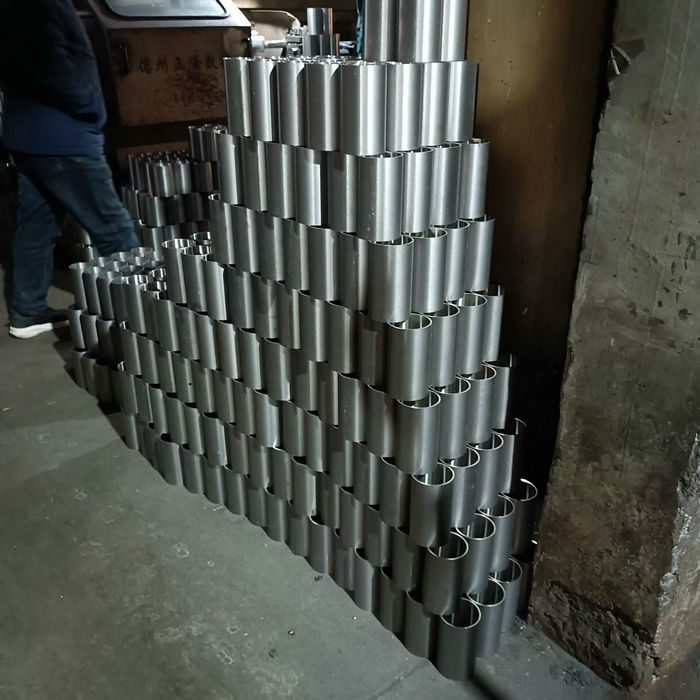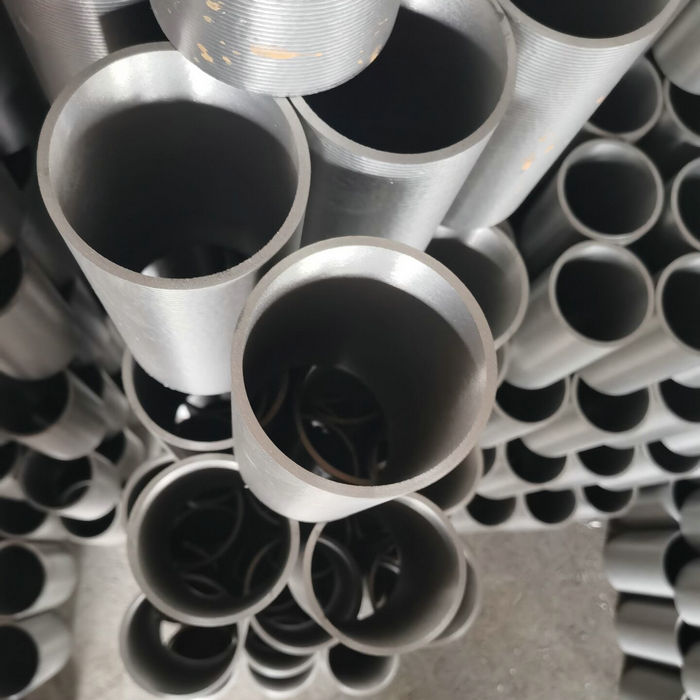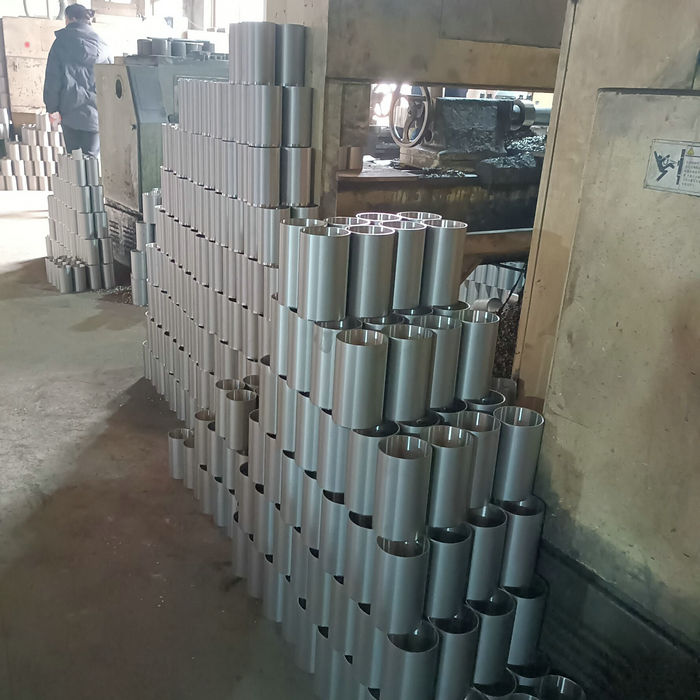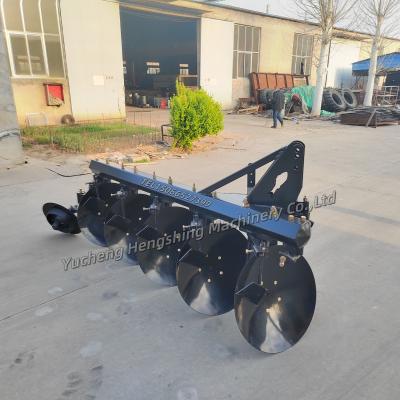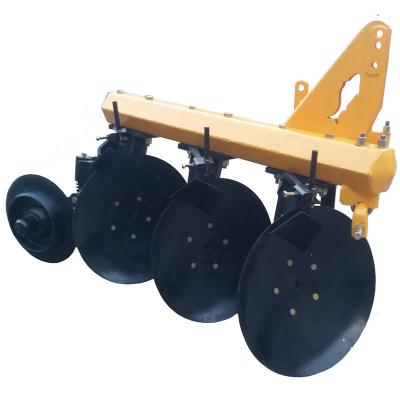Semi-Finished Cylinder Liner Cheap Price Engine Parts Automobile Cylinder Liner Car Cylinder Cover
Product Description
· Special and excellent handling
· Popular new pattern and perfect appearance
· Accurate size
· High tensile strength
· Excellent wear resistance
· Long service life
· Sample will be offered to check our quality
· We passed CNAS; SON; SGS etc certificate
· 300,000 kilometers guarantee
1-26production lines and strong casting ability for cylinder liners;
2- Wet and dry cylinder liners;
3- Slip Fit (F), Press Fit (SF);
4- Their diameters can range from 55 to 250mm;
5- Oxidation phosphor reason and the plasma, laser hardening;
6- DIN/ISO4383 and ISO/TS16949 certificated;
1)Wet cylinder
The location bores and particularly the running surfaces in the cylinder block must be cleaned carefully and they must be undamaged. Corroded surfaces must be reworked (used flange liners and outer diameter oversize liners). As this is done, make sure that the liners moves in easily and that they take up the correct position (the projecting length of the liner must be in accordance with the regulations of the engine manufacture). After the liner has been installed with the seat rings that belong to it.
(use slip agent), the cylinder diameter is to be checked particularly in the region of seal rings so as to determine whether any deformation has been caused by pinched sealing rings. Using the wrong sealing rings (wrong diameter/ wrong materials) can a narrowing of the cylinder which can lead to engine damage.The cooling system should be pressure tested after the liners have been installed so as to determine whether there is any leakage before the engine is started.
2)Semi-finished cylinder liner
The surface which supports the flange must be vertical to the location bore and it must be sufficiently and evenly beveled. If the liner flange is unevenly supported it can tear off. After the installation of the liner, which is only semi-finished in its inside diameter, this cylinder boring is finely bored and then finished by honing until it has the specified dimensions or, in the case of finely bored liner.It is only finished by honing (tolerance accordingly to DIN ISO H5). The surface of the liner must be flush to the sealing surface of the cylinder block, if necessary,the block surface and the liner must be finished by surface grinding.
3)Finished Cylinder liner
Before the liner is installed, the location bore in the cylinder block must be cleaned carefully and must be checked to ensure the accuracy of the dimensions and to determine whether any distortion has occurred. Out of center or damaged bores can be reworked for the installation of oversize liners. It is important for this that the locating bore is cylindrical, as this is what determines the geometrical shape of the inside of the pressed in, thin walled liner.
4)Air cooling cylinder liner
In accordance with the instructions from the engine manufacture, cast iron cylinders or light alloy cylinders are used.
Light alloy cylinders are separated into several groups due to the small installation clearance in the standard cylinder dimensions
Related Products
Related News
Submitted successfully
We will contact you as soon as possible

